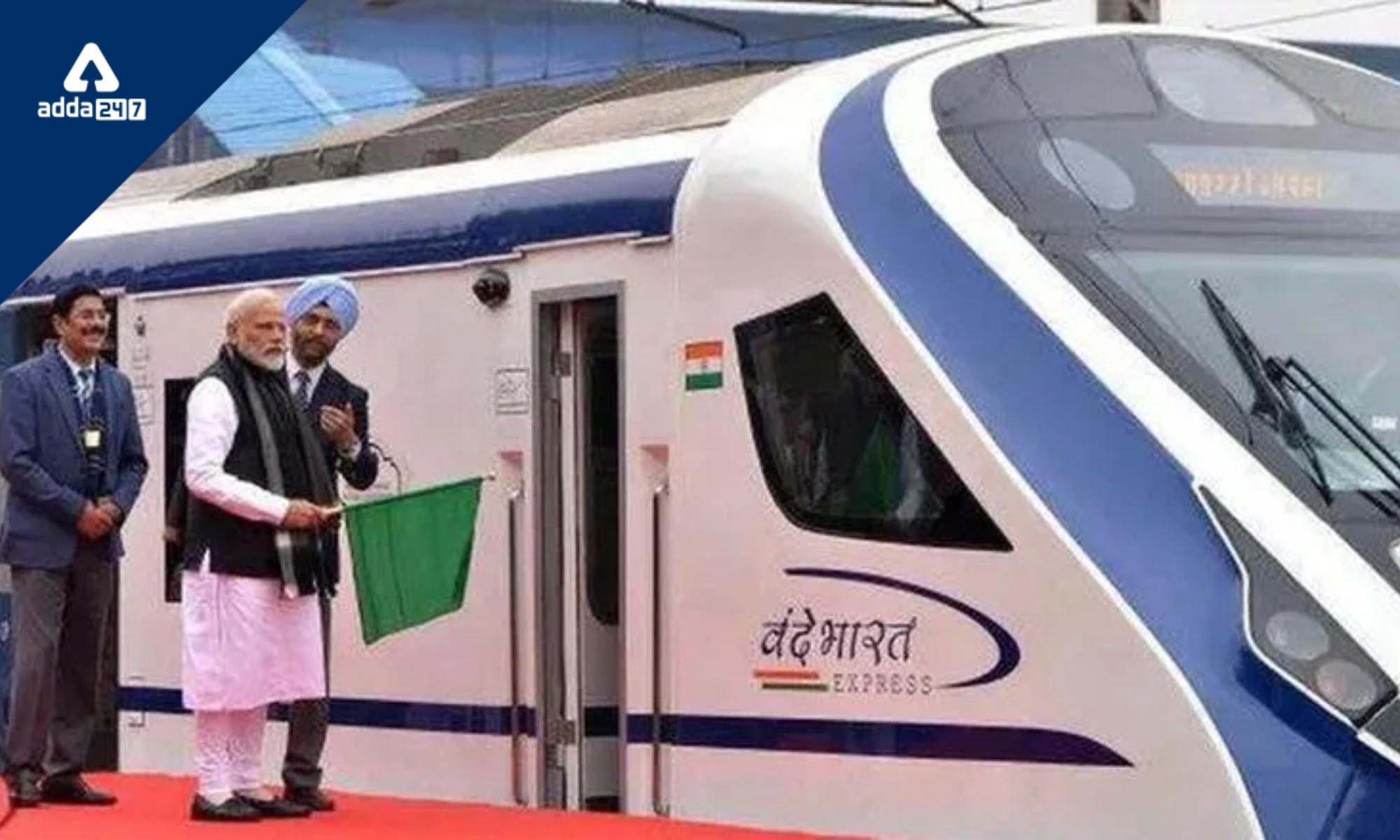Tata Group is preparing to introduce the “First in India” seating system for Vande Bharat Express trains starting in September 2022 and plans to invest Rs 3,000 crore on R&D by FY26. By 2030, the steel-to-salt conglomerate hopes to rank among the top 5 technological companies worldwide in the steel sector. The Vande Bharat express has placed a bulk order worth Rs 145 crore with Tata Steel‘s Composites division for seating systems. This order calls for the provision of complete seating systems for 22 train sets, each consisting of 16 coaches.
Buy Prime Test Series for all Banking, SSC, Insurance & other exams
KEY POINTS:
- By FY26, Tata Group expects to spend Rs 3,000 crore on research and development, and starting in 2019, it would introduce the “First in India” seating system for Vande Bharata Express trains.
- According to a senior source, Tata Group is preparing to introduce the “First in India” seating system for Vande Bharat Express trains starting in September 2022 and plans to invest Rs 3,000 crore on R&D by FY26.
- By 2030, the steel-to-salt conglomerate hopes to rank among the top 5 technological companies worldwide in the steel sector.
- The Vande Bharat express has placed a bulk order worth Rs 145 crore with Tata Steel’s Composites division for seating systems. This order calls for the provision of complete seating systems for 22 train sets, each consisting of 16 coaches.
- These seats have been carefully created, can rotate 180 degrees, and have conveniences similar to those seen in aeroplanes.
- This is a first-of-its-kind supply that will be carried out over a 12-month period beginning in September 2022, according to Debashish Bhattacharjee, Vice President of Tata Steel’s Technology & New Materials Business, who spoke to PTI.
Infrastructure:
The infrastructural, industrial, and railroad sectors all play a significant role in the Indian composites industry, which is controlled by institutional firms. Converting existing steel uses to Fibre Reinforced Polymer (FRP) applications was one of the primary goals of the composites industry. A promising client for Tata Steel’s FRP Composites division is Railways. FRP will be used in the chairs because of its increased corrosion resistance and reduced maintenance requirements. Additionally, it will meet the European requirement for fire-retardant construction and improve passenger safety and comfort.
- The second-fastest train in India, the Vande Bharat Express, popularly known as Train 18, travels at a 130 km/hr top speed.
- According to company officials, one of the key enablers for achieving technology leadership is a quick conversion of ideas into pilot testing and commercialization.
- The company wants to be among the “Top 5 in technology in the steel industry globally by 2030.”
- To test the hypothesis generated during lab-scale studies, appropriate infrastructure and pilot scale facilities are needed.
- For the next five years (FY22–26), Tata Steel India’s research and development (R&D) budget is Rs 3,000 crore, according to the top official.
Goals and Structure:
- The goal of New Materials Business was to investigate possibilities in materials other than steel. The fourth year of NMB’s operations, which ended in FY 2021–22, was marked by the completion of those three material verticals: Composites, Graphene, and Medical Materials and Devices.
- The three market sectors targeted by Tata Steel‘s composites division are railroads, infrastructure, and industrial.
- In order to provide integrated solutions for railways, NMB’s composites division has been utilising Tata Group synergies in partnership with TM Automotive Seating Systems and Tata Autocomp Systems.



 Indian Olympic Medal Winners List Till N...
Indian Olympic Medal Winners List Till N...
 Who is the Inventor of the Gramophone?
Who is the Inventor of the Gramophone?
 HS Dhaliwal Appointed New DGP Of Andaman...
HS Dhaliwal Appointed New DGP Of Andaman...
